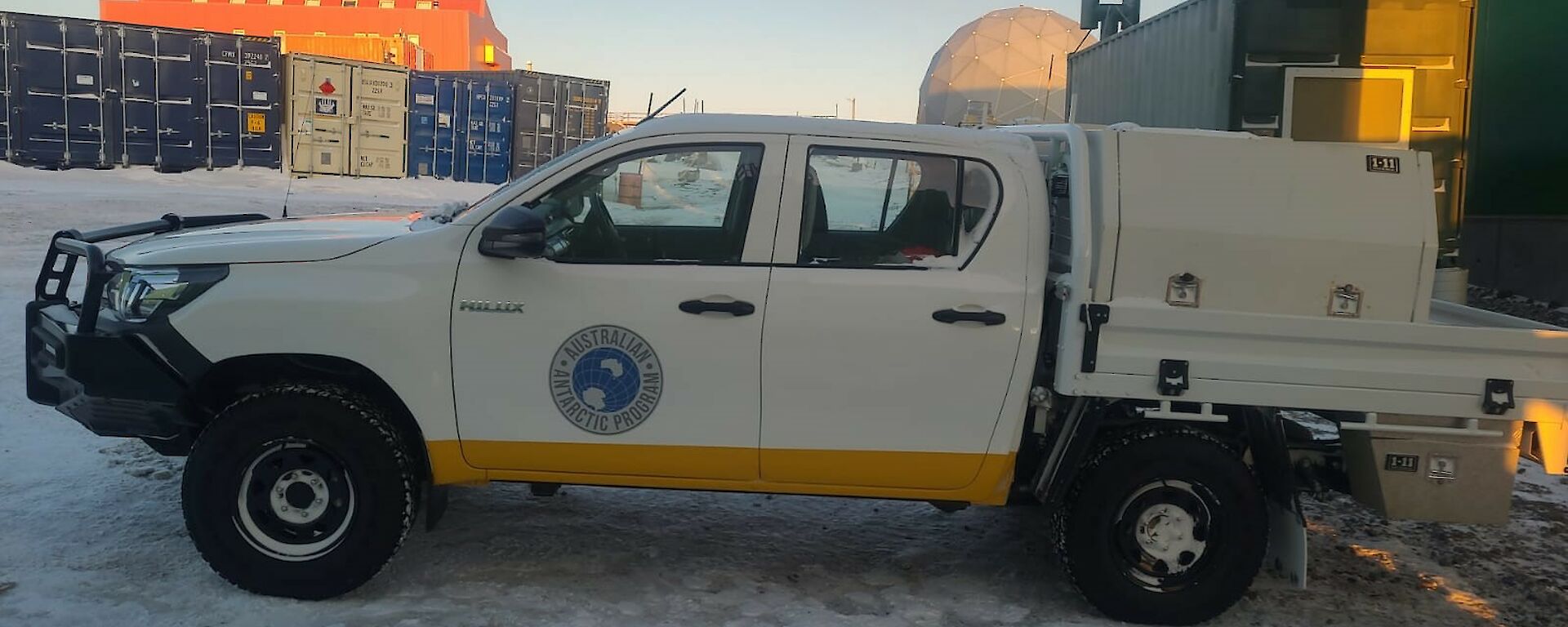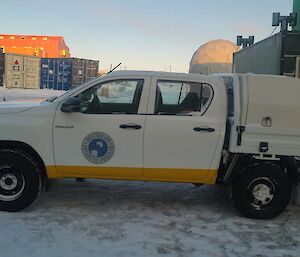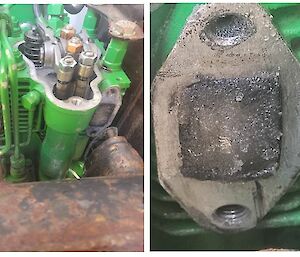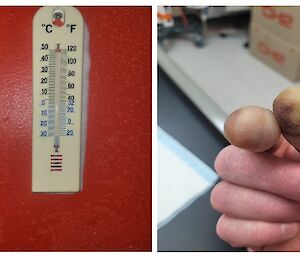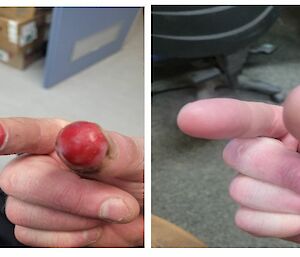Warning: contains graphic content
The reasons I wanted to come to south were many and varied, adventure was close to the top but probably above that was I’m a lifelong Dieso and have always had to deal with heat as an issue. Coming south gave me the complete polar opposite, no pun intended, with very cold temperatures giving both us and mechanical equipment, whether it being the smallest generator or the largest machinery, grief. My first experience with this small detail was on my first trip down with a simple oversight – a diesel powered air compressor being left with standard diesel fuel from Hobart and not SAB (Special Antarctic Blend). Once temperatures dropped below −5°C the standard fuel congealed and was like honey which stopped the air compressor from running. It was a simple fix; just ensure SAB is in the fuel tank and it’s good for −35°C.
Next trip down, we had an engine seize on a fuel hose reel on the ship. This was discovered when we were doing the checks on equipment before reaching station and found the engine would not turn over. After some investigation, we found that an exhaust cover was missing on the side of the container and sea water had splashed up and into the exhaust pipe, following rough seas in the previous days. The water had managed to fill the cylinders, exhaust manifold and partly up the exhaust pipe and subsequently froze in place.
With temperatures dropping mid season to around −20°C / −25°C, our Polaris side-by-side became very unhappy about the situation. We now keep them in a warmer area if required, but left outside it becomes a fair mission to get them running. Field huts and generators became a problem in similar temperatures with pull starting them at −25°C / −30°C impossible; again, just warm them up in the hut with gas heating and they will be willing to run again.
Our Hiluxs were the sleeping assassins on station with −30°C not seeming to worry their starting capability – they were slowing up on the crank but would fire up. Hiluxs, with the reputation of being unbreakable, were put to the sword at −35°C, a fair achievement for a standard vehicle with no plug in heating. Personally with temps hovering at −35°C for a couple weeks, this tested my own capability. With an earlier trip in slightly warmer temps giving me the small misfortune of attracting a touch of frost bite on a couple of fingers, I’d rate myself close to a Hilux. Almost unbreakable. When we did get a reprieve back to −20°C, never thought I’d say it, it felt warm. I don’t know how we are going to go in positive temperatures again.
On a side note I would like to extend my deepest gratitude to a few people, who without my situation with my fingers may have been a lot worse and the end result would not have been as good as it is.
- Kat, Streety and Marshall for their first response.
- Rae for advice and extended care
- Crabbie and Clokey picking me up
- And rest of station for helping me out and putting up with me.
Cheers,
Eric

